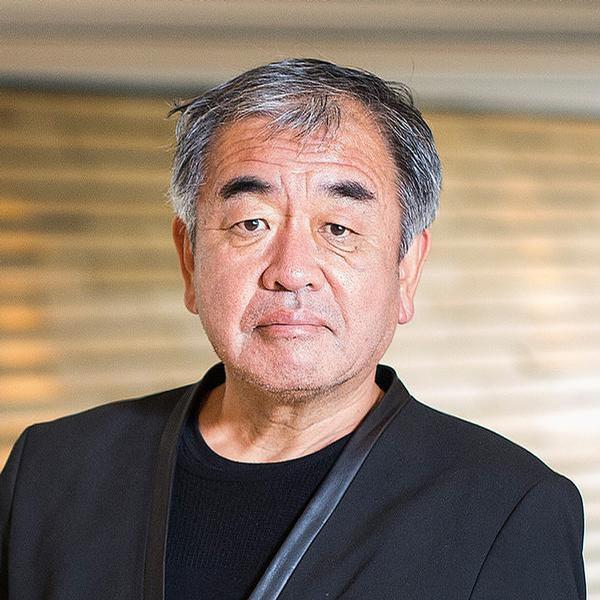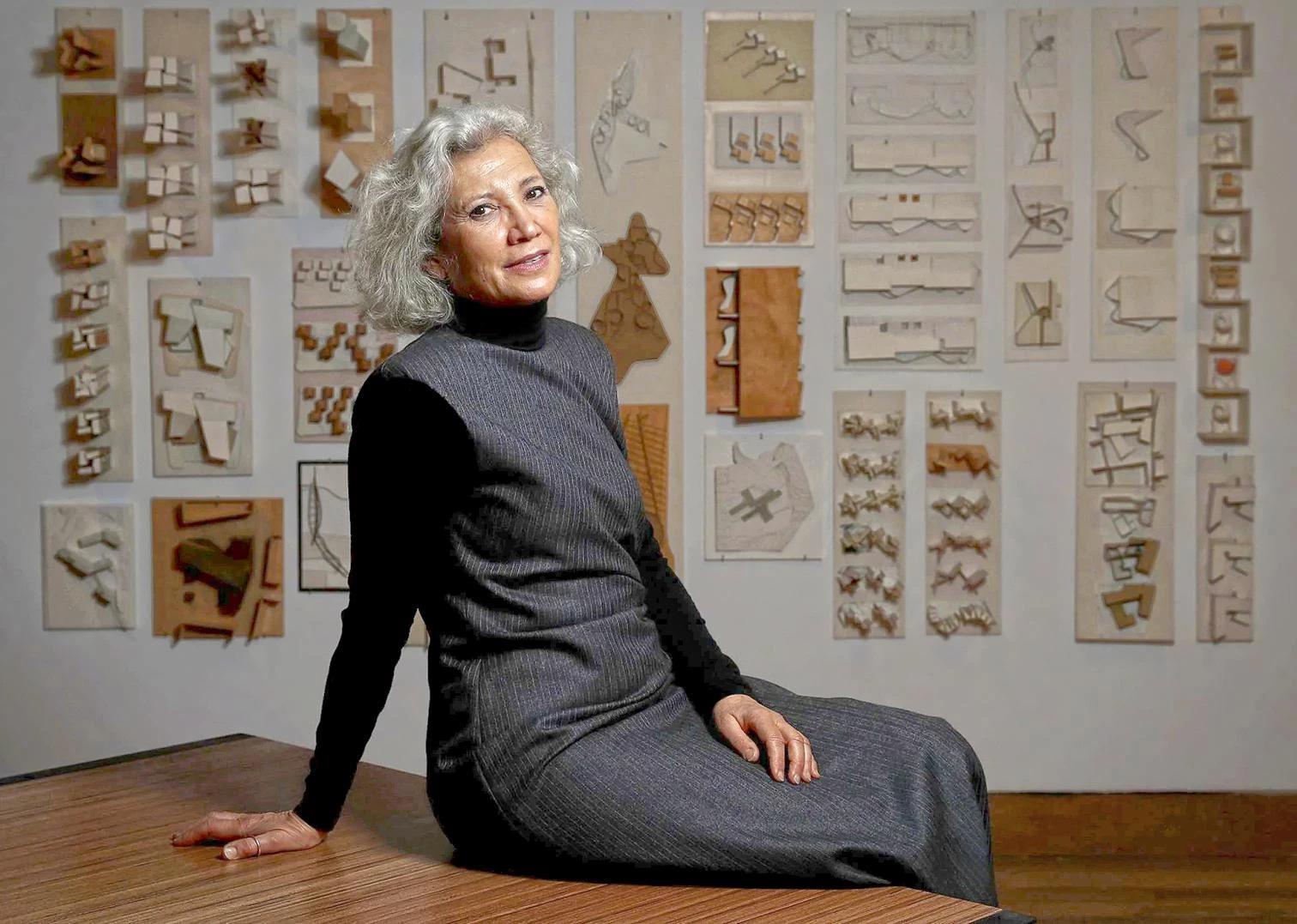KNOW THE ARCHITECT: KENGO KUMA, JAPAN
- 1 Dec 2023
- By Deshal Shah

Architect Kengo Kuma is a renowned Japanese architect celebrated for his innovative and nature-inspired designs. Born in 1956, Kuma has made a significant impact on the world of architecture with his commitment to sustainable materials and blending traditional Japanese aesthetics with contemporary sensibilities. His work, which includes the iconic Tokyo 2020 Olympic Stadium and the Asakusa Culture and Tourist Information Centre, reflects a deep appreciation for the natural environment and a unique approach to spatial design.
Here are three of Kengo Kuma's notable architectural works
1. Tokyo 2020 Olympic Stadium (National Stadium)
Designed for the 2020 Summer Olympics in Tokyo, this iconic stadium is a prime example of Kuma's ability to blend modernity with nature. Its wooden lattice structure and greenery-integrated design exemplify his commitment to sustainability and harmony with the environment.
2. Asakusa Culture and Tourist Information Centre
Located in Tokyo, this cultural hub combines modern materials with traditional Japanese architecture. The building's stacked timber boxes and the expansive viewing deck provide visitors with breathtaking views of the historic Asakusa district.
3. Suntory Museum of Art (Nihonbashi)
Situated in Tokyo, this museum is a stunning showcase of Kuma's skill in using light and space. The interior, characterized by diffused natural light, creates an ambiance that complements the art within. The use of delicate, organic materials adds to its allure as a work of art in itself.
Recently Published
loves or pursues or

.jpg)







.jpg)